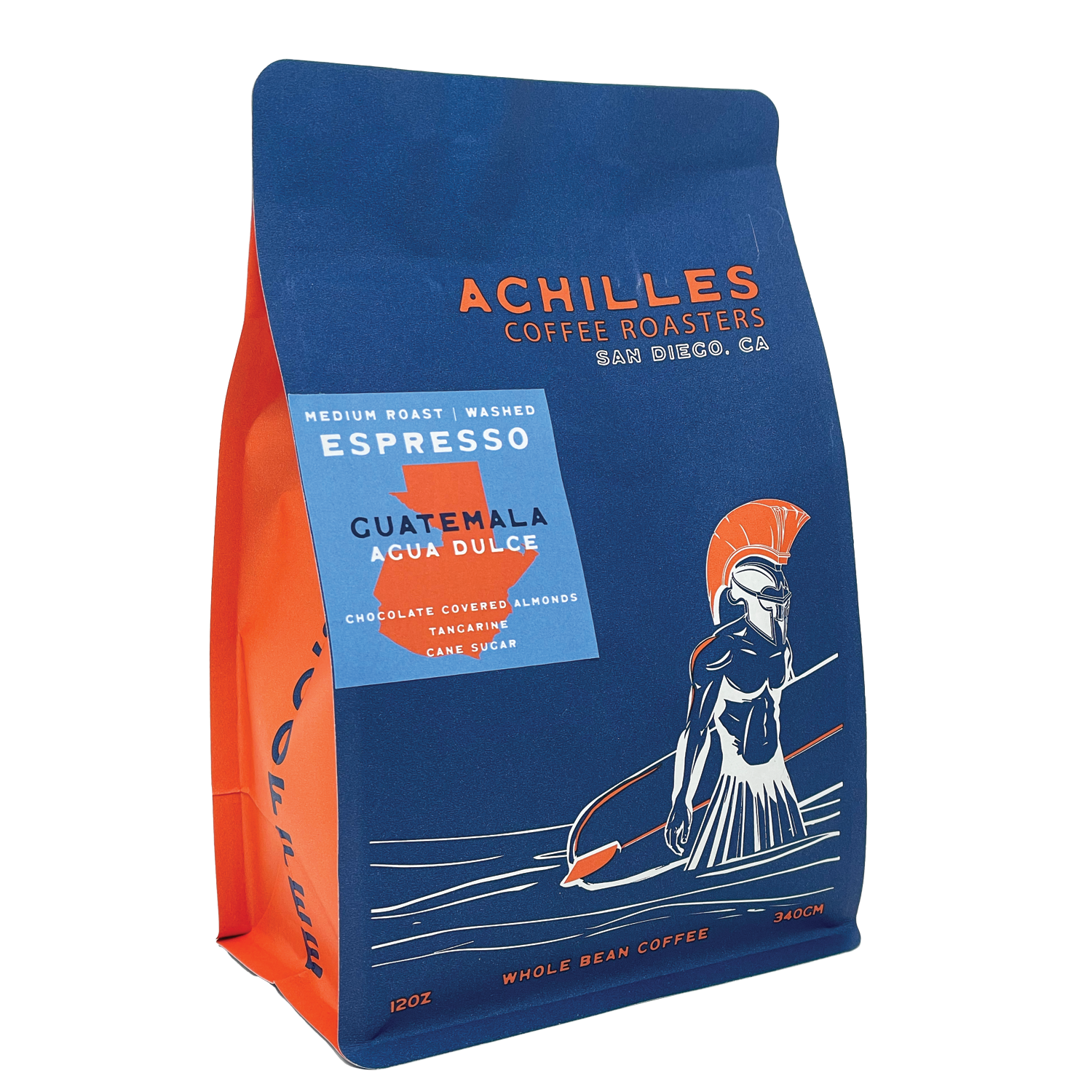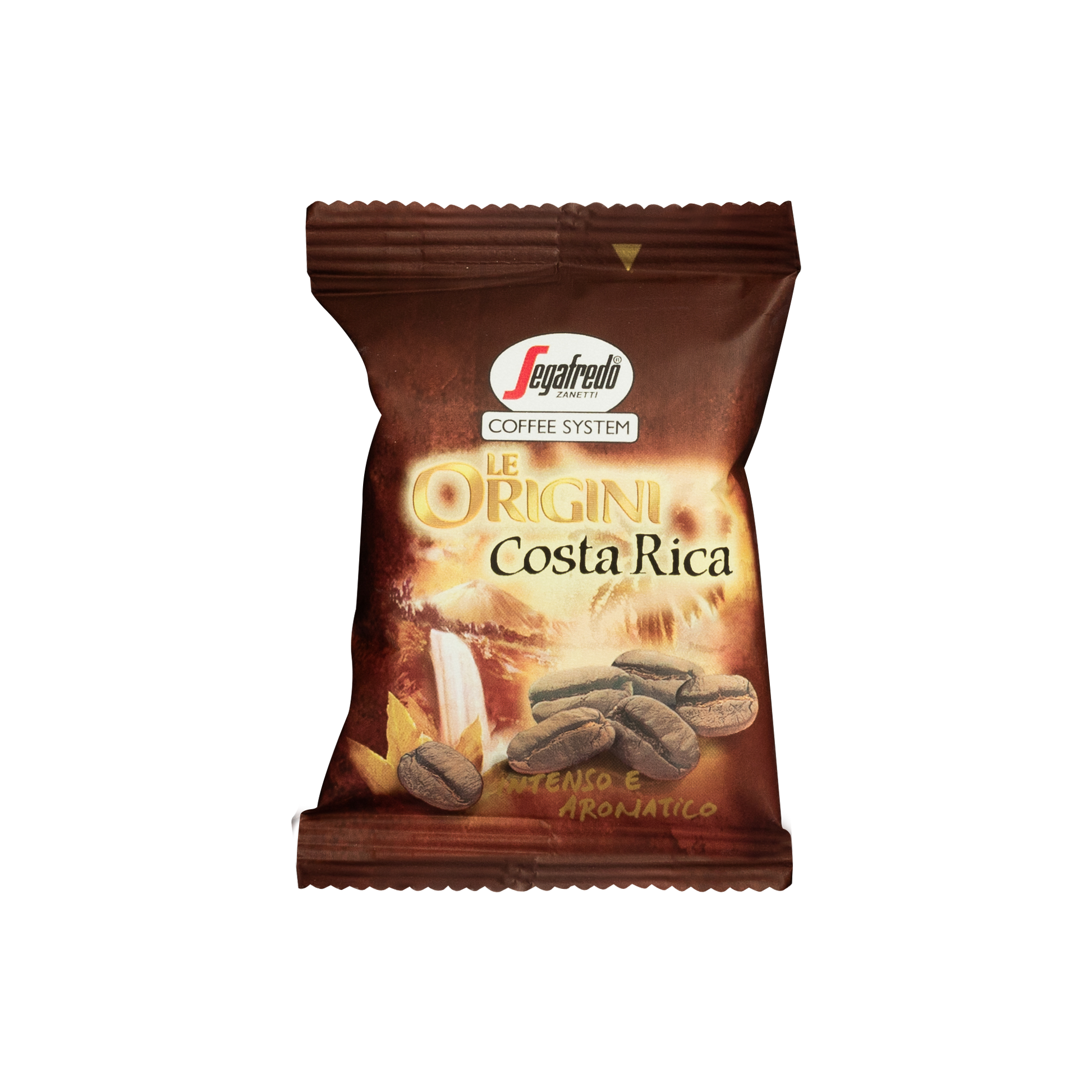Understanding Coffee Beans: the Trip From Coffee to Blended Coffee Beans

The Origins of Coffee: An International Viewpoint
While you could believe of coffee as a modern staple, its origins map back centuries, intertwining with cultures across the world. The story begins in Ethiopia, where tale says a goat herder named Kaldi found the invigorating impacts of coffee beans after noticing his goats frolicking energetically after eating them. This stimulated passion, causing coffee's infect Arab investors who valued the brewed drink. By the 15th century, it got to Persia, Egypt, and Turkey, where coffeehouses came to be social centers for conversation and society.
As profession courses expanded, coffee made its method to Europe in the 17th century, swiftly gaining popularity. It transformed from a magical beverage right into a day-to-day ritual, intellectual exchanges and motivating celebrations. Each society added its one-of-a-kind twist to coffee prep work, enriching its history. This global journey highlights just how coffee attaches us, transcending borders and uniting diverse practices through a basic bean.
Farming and Harvesting of Coffee Beans
As coffee's trip progressed, the emphasis moved to the growing and harvesting of certain bean ranges, especially those utilized for espresso. You'll find that espresso beans typically come from Arabica or Robusta plants, each offering distinct flavors. The perfect growing problems consist of high elevations and rich, well-drained soil, which boost the beans' top quality.
Throughout the harvest, choosing methods differ. Timing is vital; you desire to gather when the cherries reach peak perfection for maximum flavor.
When collected, the beans are planned for processing, which is necessary in identifying their last preference. Comprehending the growing and harvesting procedures gives you understanding into what goes right into your favorite espresso, enhancing your appreciation for each and every cup.
Handling Methods: From Cherry to Bean
Now that you have actually discovered harvesting coffee beans, allow's check out just how those cherries transform right into the coffee beans you love. You'll see just how various harvesting methods impact flavor, adhered to by the vital actions of fermentation and drying. We'll break down the milling and grading procedure that identifies your coffee's high quality.
Collecting Techniques Described
When it involves coffee, understanding harvesting methods is important, since they straight influence the taste and quality of the beans you take pleasure in. There are 2 primary techniques: careful selecting and strip selecting. Selective picking involves hand-picking only ripe cherries, guaranteeing you get the very best high quality beans. This approach commonly causes a richer taste account, though it's even more labor-intensive. On the various other hand, strip picking ways gathering all cherries at the same time, despite perfection. While it's quicker and cheaper, this can lead to a mix of tastes, influencing the last item. Inevitably, the choice of gathering strategy can considerably affect your coffee experience, so it deserves recognizing just how those beans made it to your mug.
Fermentation and Drying Out
After collecting, the next action in handling coffee beans play a significant duty in shaping their flavor. You'll discover that fermentation is crucial, as it assists break down the mucilage surrounding the beans, boosting their preference account. Relying on the approach, this process can last from a few hours to numerous days, with varying results based upon temperature level and moisture.
Once fermentation is complete, drying out complies with, which is equally important. You can pick from mechanical or sun-drying drying out methods. Sun-drying permits the beans to take in tastes from the atmosphere, while mechanical drying out assurances consistent dampness degrees no matter weather. Correct drying is important to avoid mold and mildew and protect the beans' high quality, inevitably influencing your mug of coffee.
Milling and Grading Refine
As fermentation and drying established the phase for taste growth, the milling and grading procedure guarantees that only the best coffee beans make it to your cup. This stage includes eliminating the external layers of the coffee cherry, consisting of the parchment and husk. High-grade beans get a greater quality, resulting in a richer coffee experience.
Toasting Strategies: Opening Taste Prospective
When you roast coffee beans, the method you select can substantially influence the taste account. Recognizing the partnership between time, temperature, and roasting techniques is key to revealing the possibility of your mixture. Allow's check out exactly how these elements collaborated to create the perfect cup.
Toasting Methods Discussed
While you might assume that all coffee roasting techniques yield the very same results, the truth is that each strategy reveals one-of-a-kind flavor capacities in the beans. Drum roasting makes use of a turning drum to equally distribute warm, boosting caramelization and creating a balanced taste. Air roasting, on the other hand, distributes warm air around the beans, promoting a lighter roast with noticable acidity.

Impact on Flavor Account
Different roasting methods not only influence the process yet additionally greatly affect the flavor profile of the coffee beans. Dark roasts, on the other hand, bring out bold, great smoky flavors, often concealing the bean's special qualities. Recognizing these subtleties aids you value the artistry behind your mug of coffee, boosting your total experience with every sip.
Time and Temperature Level Aspects
To release the complete taste capacity of coffee beans, both time and temperature during the toasting procedure play considerable functions. When roasting, you'll find that greater temperature levels can swiftly establish flavors, yet if you hurry it, you may wind up with burnt notes. Conversely, reduced temperatures allow for a more gradual taste advancement, showcasing the beans' distinct characteristics.

Timing is equally as crucial; prolonging the roast also long can cause a loss of acidity and illumination, while too short a roast could leave the beans underdeveloped. Discovering that pleasant spot requires technique and testing. By readjusting these elements, you can disclose the rich, intricate flavors concealed within each bean, producing a truly impressive coffee experience.
The Art of Blending: Crafting One-of-a-kind Coffee Profiles

Begin by choosing a base coffee that offers a solid foundation. A brilliant Ethiopian bean can bring fruitiness, while a rich Brazilian coffee adds body.
As you blend, bear in mind that each combination narrates. You're not simply making coffee; you're developing an experience. Take your time, taste frequently, and enjoy the journey of uncovering your trademark mix - Single Origin Espresso.
Developing Approaches: How Preparation Affects Flavor
Mixing coffee opens a domain name of taste possibilities, but how you make that blend can significantly influence your last mug. Different brewing approaches remove special flavors and aromas, so it's important to select carefully. For instance, a French press permits oils and debris to stay, producing a rich, robust experience. On the various other hand, a pour-over highlights the coffee's clarity and illumination, best for showcasing delicate notes.
Coffee, with its high pressure, generates a concentrated shot that emphasizes sweet taste and crema. If you prefer a lighter mixture, consider a cool brew technique; it yields a smooth, much less acidic preference.
Changing variables like water temperature level, grind dimension, and brew time can change your coffee's account. Embrace the art of brewing to uncover the flavors hidden in your coffee blends.
The Future of Coffee: Sustainability and Development
As the coffee sector evolves, sustainability and advancement are coming to be vital for addressing environmental difficulties and conference customer demands. You'll discover that even more coffee firms are taking on environment-friendly techniques, from sourcing beans morally to applying sustainable farming techniques. These shifts not just assist the earth but also boost the quality of the coffee you delight in.
You may see technologies like eco-friendly packaging and water-saving brewing methods that reduce waste. Advanced innovation, such as blockchain, is additionally becoming popular, making sure openness in the supply chain, which allows you to map your coffee back to its beginnings.
Additionally, purchasing local communities and supporting farmers through fair trade efforts fosters a more sustainable coffee community. As you sip your next mug, keep in mind that your selections can add to a brighter future for coffee. By selecting sustainable brands, you're not just delighting in a beverage; you're making a positive effect on the world.
Regularly Asked Inquiries
What Is the Difference In Between Arabica and Robusta Beans?
Arabica beans are smoother, sweeter, and have a higher acidity, while robusta beans are more powerful, much more bitter, and contain even more caffeine. When brewing your coffee., you'll observe these differences in taste and scent.
Just How Does Altitude Affect Coffee Bean Flavor?
Elevation effects coffee bean flavor substantially. Greater altitudes create beans with brighter acidity and facility flavors, while lower altitudes usually generate beans that are heavier and less nuanced. You'll notice these differences in your mug!
What Are the Health Conveniences of Drinking Coffee?
Drinking coffee can increase your power, improve mental emphasis, and also improve physical efficiency. Single Origin Espresso It's rich in anti-oxidants, might lower the danger of certain illness, and can promote a healthier metabolic rate when consumed in moderation.
Can Coffee Beans Be Recycled for Developing?
Yes, you can reuse coffee beans for brewing, but the taste could be weaker. If you take pleasure in trying out, try reusing them in various means, like cold mixtures or including in healthy smoothies for an additional kick.
Just how Should I Store Coffee Beans for Freshness?
To keep your coffee beans fresh, keep them in an impermeable container in an amazing, dark location. Stay clear of exposing them to dampness, light, or warmth, as these variables can quickly degrade their flavor and aroma.
Comprehending Coffee Beans: the Trip From Coffee to Blended Coffee Beans.
Currently that you have actually found out concerning collecting coffee beans, allow's discover how those cherries transform into the coffee beans you love.When you roast coffee beans, the method you choose can drastically affect the flavor profile - Single Origin Espresso.While you may believe that all coffee roasting methods yield the same results, the reality is that each technique exposes one-of-a-kind flavor capacities in the beans.Different roasting methods not just affect the procedure however likewise considerably impact the flavor profile of the coffee beans